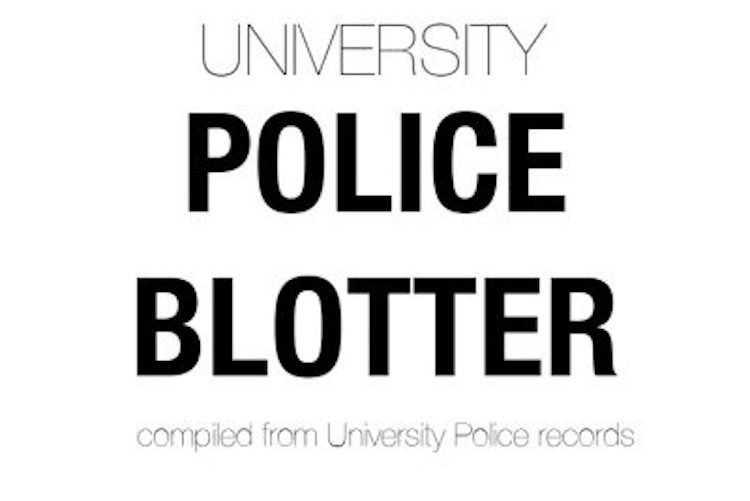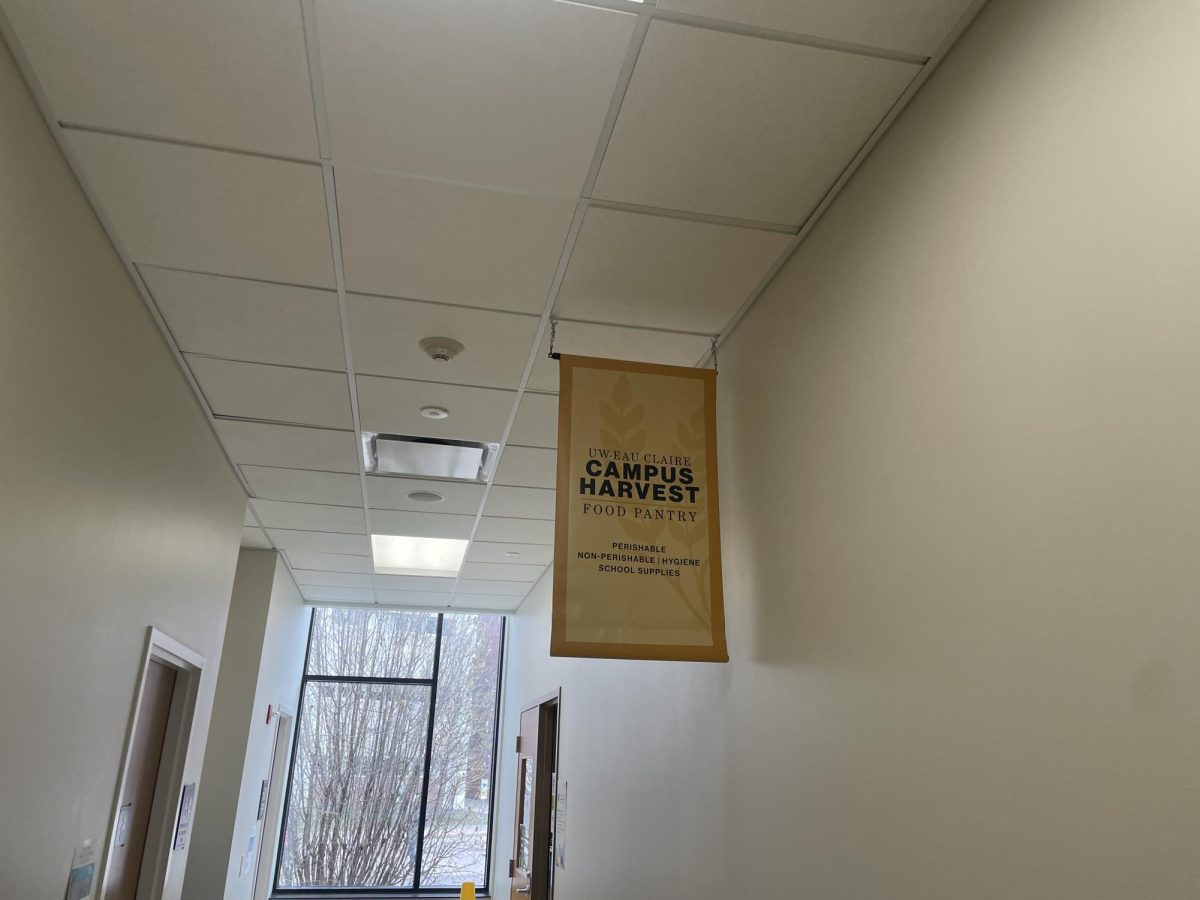The fall 2011 semester marks the beginning of a new communication and journalism curriculum at the university. Based on the evolution of communication due to technology — specifically the Internet — the department will be undergoing the appropriate renovations to ensure its graduates are prepared for their careers with up-to-date skills and experience.
Mass communication professor Terry Chmielewski said the planning of the new curriculum was a “strong department effort” that forced all faculty to work together to produce something that will benefit both professors and students.
Currently, the CJ department is comprised of three majors, each with separate emphases: journalism (print and broadcast), mass communication (advertising and public relations), and communication (public and organizational communication).
Chmielewski said an example of why the current system no longer works is seen through the field of print journalism, where the demand for jobs is going “down and down and down.”
“While there’s less [of] a call for print … and broadcast journalism, there’s a greater call for people who can go across platforms,” he said. “They can do Internet, broadcast and print.”
The new journalism curriculum will combine the previous sequences into one cohesive degree. The addition of a new course, CJ 184: Mediated Communication, will serve as a triple-platform course, teaching students the technical skills needed to succeed in future courses.
Mike Falk, a sophomore broadcast journalism major, admits he was previously “ill-informed” about the changes to the curriculum. However, after learning that the program is not intending to completely rid itself of the broadcast aspect, he had a shift in opinion.
“The world is changing … a couple years ago the Internet didn’t matter for broadcast, but now it does,” he said. “(The new curriculum) could open more doors to me.”
And that, as Chmielewski said, are the exact intentions of the new curriculum: to prepare students with the training they need to succeed in the present communication realm that demands rapidly evolving skill-sets.
“Part of the reason we created this is to make a better program so the students are being trained better for jobs that are available,” he said.
Another core aspect of the curriculum is teaching students about integration across communication professions. For example, public relations professionals often work closely with advertisers
and journalists.
“You have to know how to work the way they work and use the same things they use,” he said. “We’re teaching students the skills that people in other areas of our department
also need.”
Chmielewski said one challenge of the new curriculum is that faculty must also train themselves along with the students. He ultimately believes, however, that faculty training will benefit him and his colleagues as much as it will the students.
The structure of the communications major is also changing, as it will be dropping the public communication emphasis in favor of communication studies, Chmielewski said. Generally, the structure of the mass communication major is staying the same.
Chmielewski said the curriculum will likely run into a few problems during its infancy, but overall, he is confident it will succeed.
“All of the changes won’t be right the first year,” he said, “But we have a structure set up that we can work with.”






